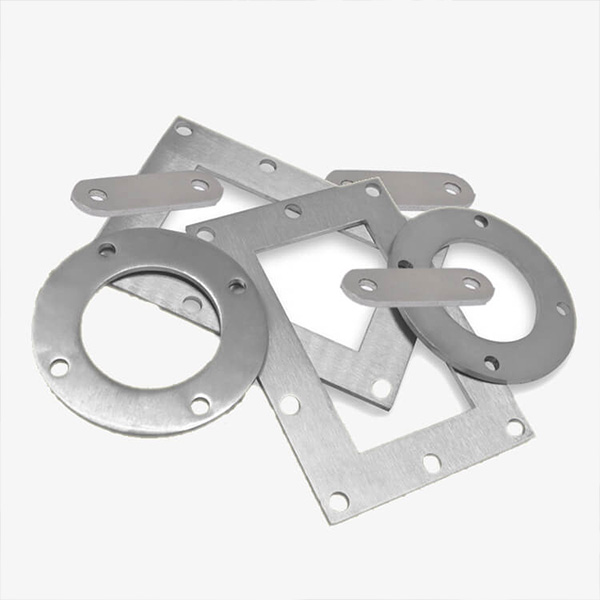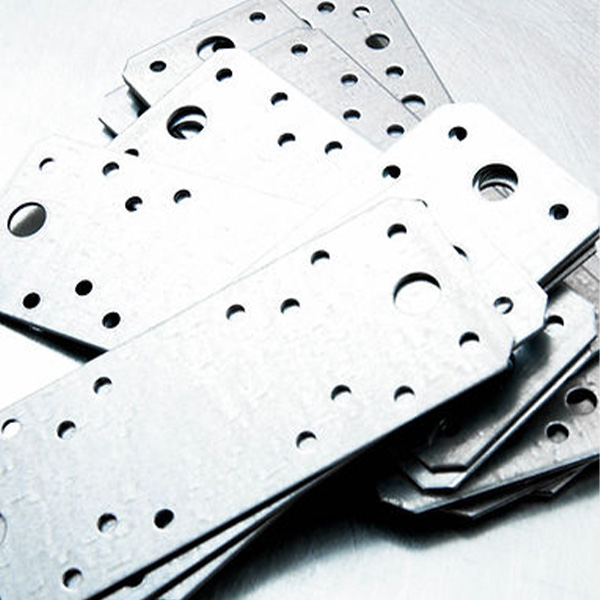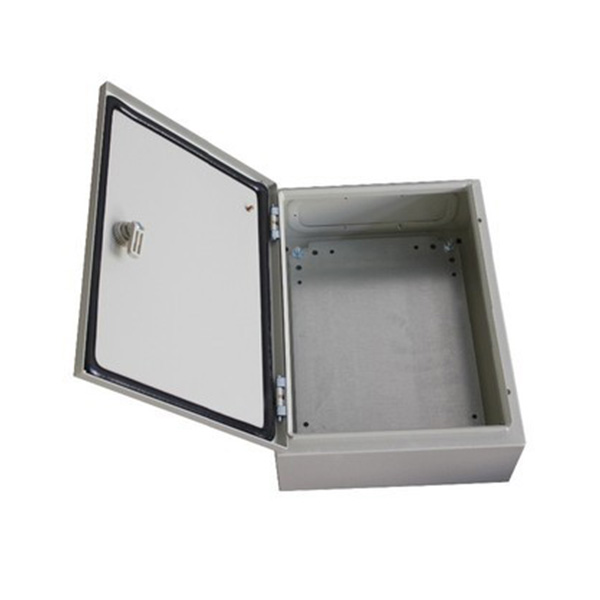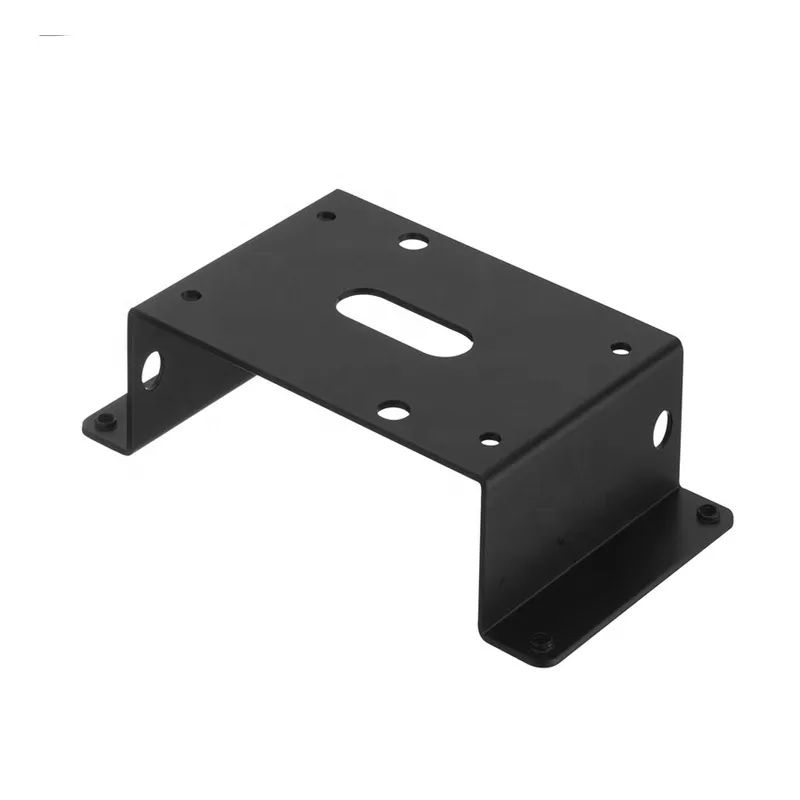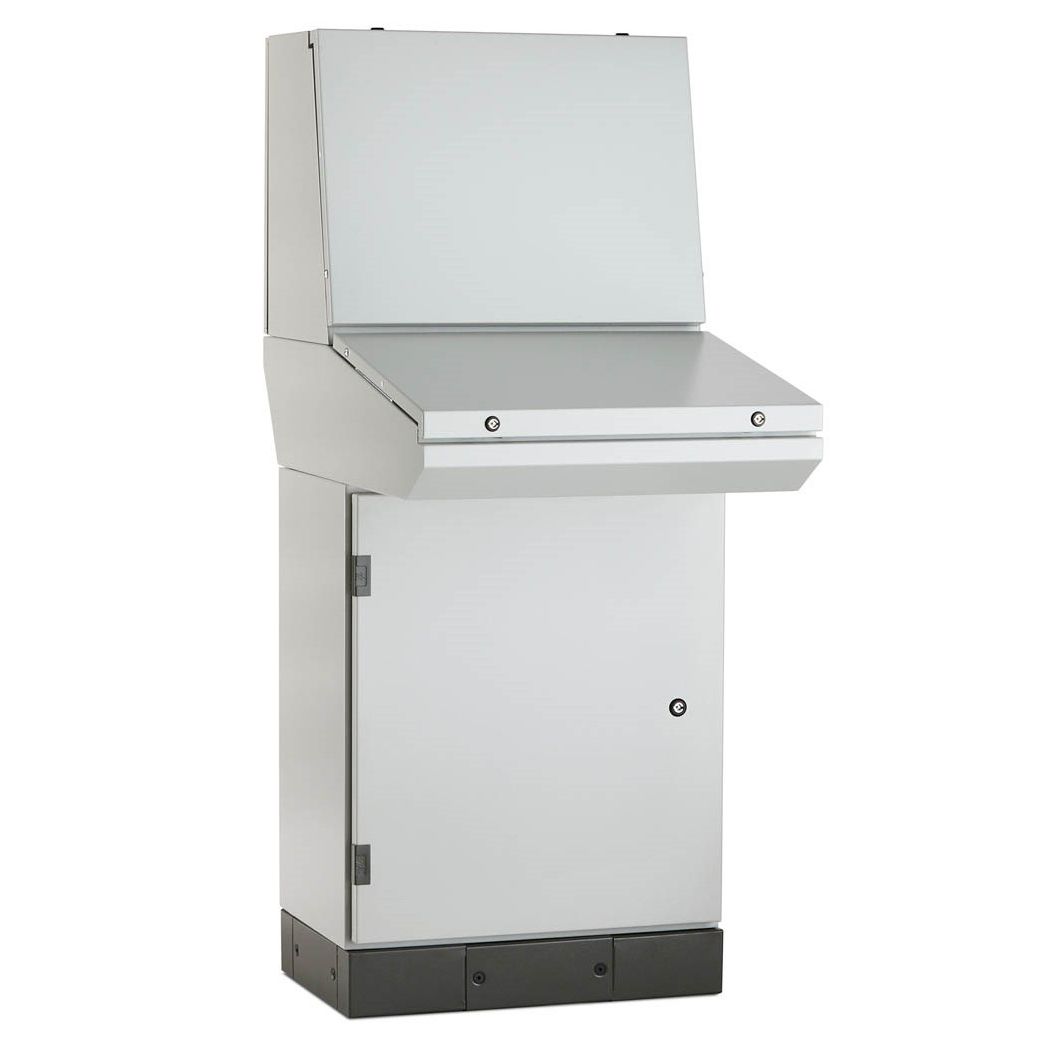
Products
Sheet Metal Fabrication Laser Cutting
Products Description
Sheet metal fabrication is the process of forming metal sheets to the desired shape using different manufacturing methods. The completion of a product usually comprises of many steps – from cutting and bending to surface treatment and assembling.



Key Features:
Laser cutting:Laser cutting is the preferred option for cutting sheet. A very quick and precise cutting method that guarantees good results.
Bending:When it comes to actual engineering, there aren’t many metal components that elude the bending section of a fabrication shop. Press brakes are responsible for the folding of sheet metal parts.This is probably the most difficult step in metal manufacturing because of the complexity of some bends. An engineer must be well acquainted with the limitations of metal bending to things that are actually producible.
Assembling:Assembling is the ultimate or penultimate step when you want to fabricate a product. If assembling includes welding, the parts have to be clean – powder coating follows it.Otherwise, parts are already powder coated and adjoined using other methods, like riveting and bolting.
Powder Coating:Powder coating is a process where an electrostatic powder is applied to a charged metal component. It is the preferred surface treatment method when no special requirements, like wear-heavy or acidic environments, apply to the construction.
Sheet metal fabrication processes are suitable for a gradual transition from prototyping to large-scale production. Making prototypes sets the baseline and expectations for larger quantities by establishing the required infrastructure.
Looking around, it is clear that sheet metal has a plethora of applications. There aren’t many home appliances, constructions, etc. that don’t incorporate any sheet metal parts. Still, different sheet metal groups have some specific uses. And we can go over them.

